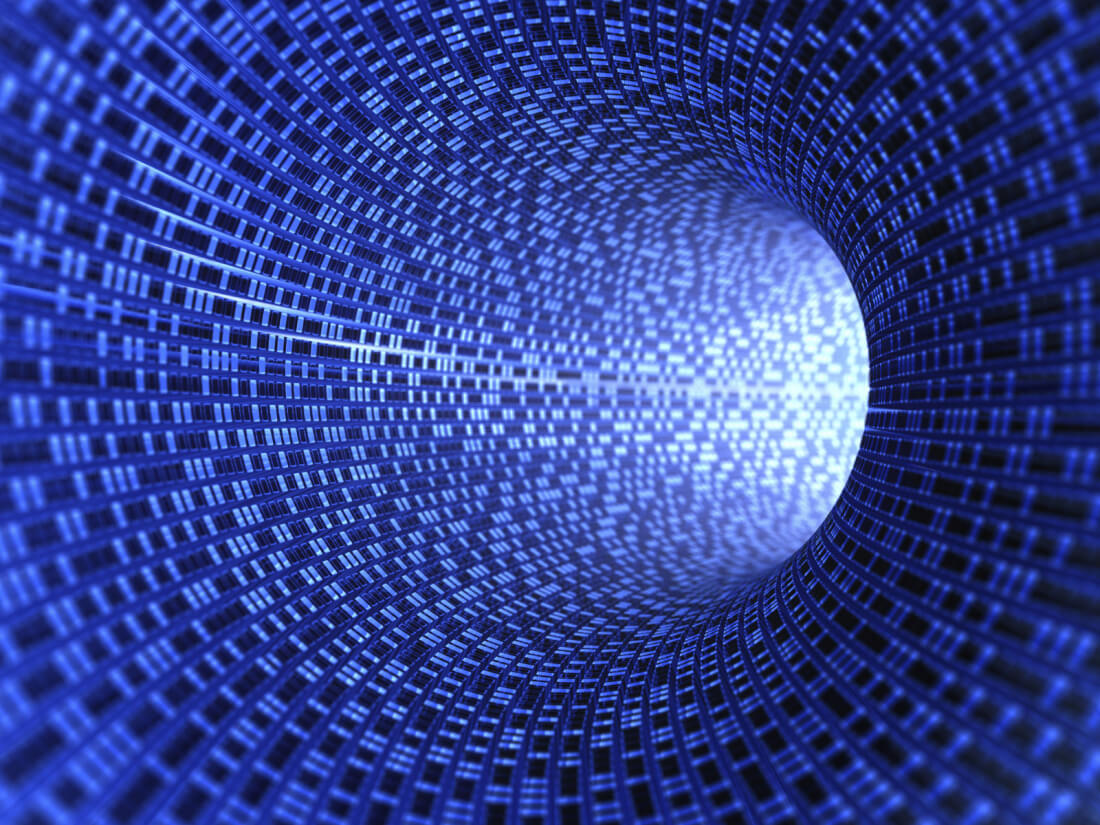We typically think of light, sound and computer data as very different things. Light is an electromagnetic wave, sound is an acoustic vibration and data is a 0 or 1 on a computer.
Researchers at the University of Sydney in Australia, however, are combining these three domains to help create what they are calling an optical computer. They recently published their findings, "A chip-integrated coherent photonic-phononic memory," in Nature Communications.
Rather than processing data in the form of electrons, the researchers are using photons. This optical computer has the benefit of producing essentially no heat, being immune to electromagnetic interference and using far less energy than modern computers. Plus, it's roughly 20 times faster.
The researchers needed this acoustic technology because photons move really, really fast. By converting the photons into sound waves using a "photonic microchip," they can slow down the data enough for their circuitry to actually process it.
The technology passes in various pulses of light which interact and produce minute vibrations inside the chip. This acoustic buffer allows the computer to better control the information being processed by several orders of magnitude. By passing in signals of different bandwidths at the same time, the scientists can also vastly increase the performance of the computer.
While this is all several years or even decades away from being a viable product, the potential improvements to the computing industry are huge if the technology can be scaled to full systems.
